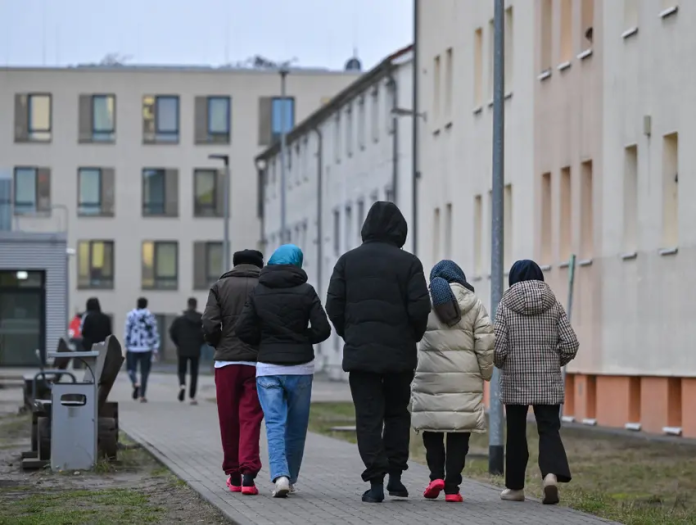For the first time since 2011, Germany has lost its position as the primary destination for asylum seekers in the EU, with France now leading the way.
During the first quarter of 2025, France received 40,871 applications, followed closely by Spain (39,318), whereas Germany recorded 37,387, a 41% year-on-year decline. The drop marks a stark reversal for Germany, which processed over 334,000 asylum claims in 2023, the highest since the 2016 refugee crisis.
If the trend continues, 2025 could become the first year out of 14 that Germany does not top the EU asylum rankings.
German Interior Minister Nancy Faeser attributed the decline to stricter border controls, enhanced EU collaboration, and reduced arrivals from key origin countries.
Syrian applications to Germany plummeted by 56% in early 2025, a shift linked to the ousting of Bashar al-Assad’s government. Historically, Germany had absorbed over half of all Syrian asylum claims in the EU, but the figure now represents just 25% of its total applications.
The broader EU asylum landscape is also evolving. While France has re-emerged as a primary destination, partly due to rising Ukrainian applicants, Spain has become a magnet for Venezuelan and Colombian asylum seekers, who account for 80% of their EU applications.
Meanwhile, Eastern European nations like Hungary and Slovakia recorded fewer than 40 applications combined, reflecting their hardline anti-migration stances.
The shift coincides with heated debates over the EU’s forthcoming Migration Pact, which mandates member states to accept asylum seekers or pay €20,000 per refused migrant. Germany’s decline in applications may ease pressure on its overburdened system, but challenges persist.
